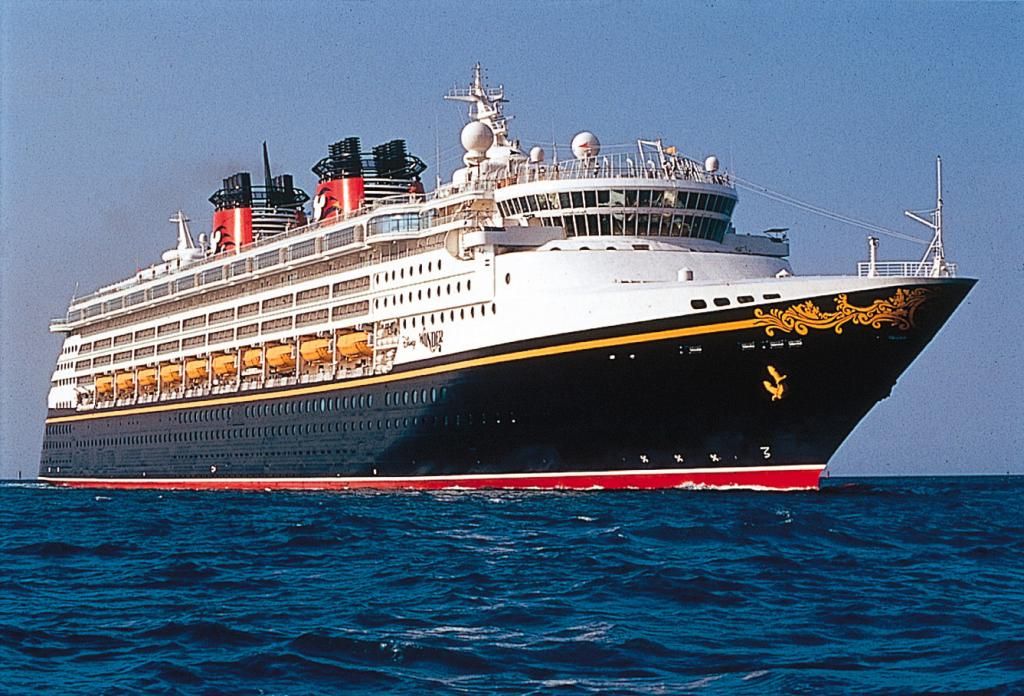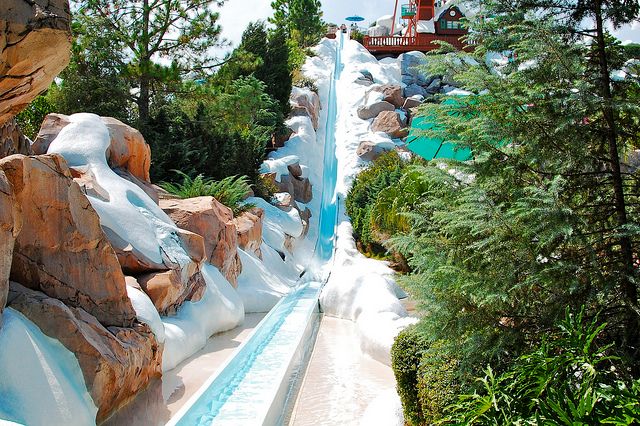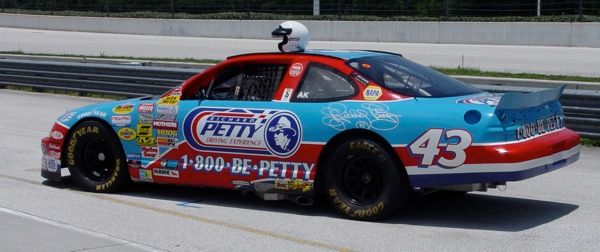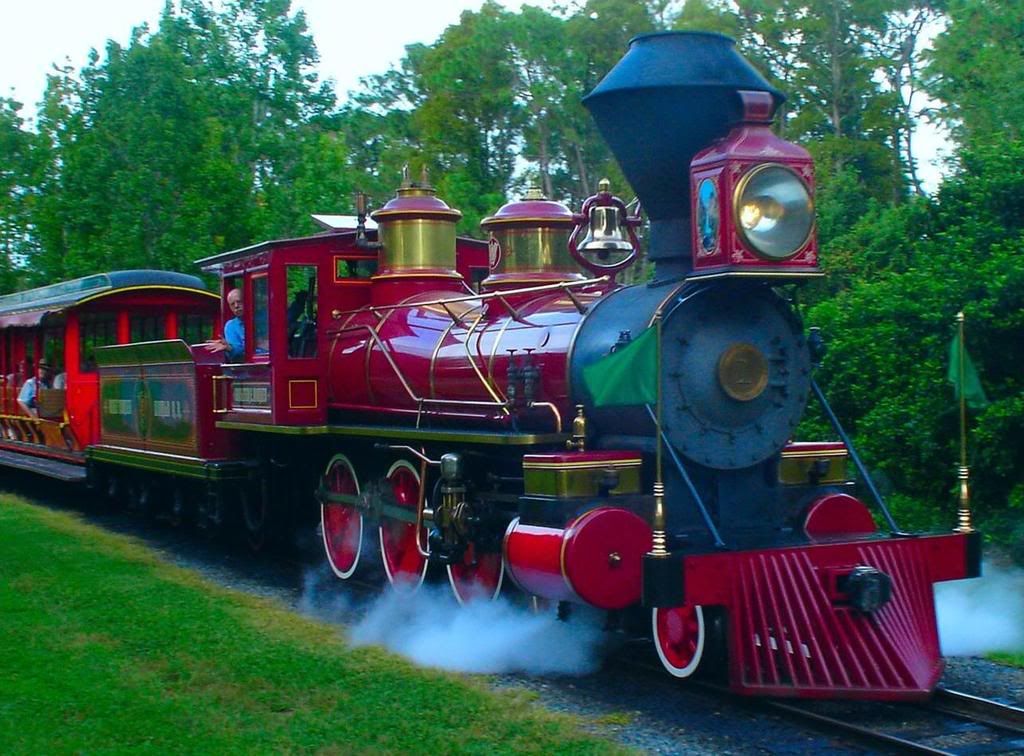Here’s our next (and next to last) DVD in the Science of Imagineering series.

Asa’s Invention: Asa wants to help everyone wet their whistle at his Old West Soda Saloon where he struggles to slide glass mugs of root beer along the countertop.
Defined Terms: friction, tribology, asperities, adhesion, drag, skin friction, static friction, kinetic friction, lubricant, rolling friction.
Disney Rides and Attractions that exemplify the theme:

I’ll admit this one totally surprised me—friction in the water? The first example was the hull of the Disney Wonder cruise ship. Asa explains that the ship has been painted with a special slippery paint. I researched this a little more online and found that the paint keeps barnacles and other build up from adhering to the hull. Those things would create more friction or drag in the water which would require more fuel to keep the ship moving so it’s more about energy conservation than making it look nice. Then we move onto the decks of the Wonder to see friction in action in various sports and games, culminating with shuffleboard.

Like most slides, Slush Gusher relies on potential energy (starting high) and gravity to work. The slope would have to be much steeper if water wasn’t there to help overcome the friction of your body on the slide surface. While it’s easy to glide over water, it’s difficult to move fast through water (we just covered that with the cruise ships) so there’s a deeper pool of water at the bottom to slow you down.

Friction can be good or bad as we learn at the Richard Petty Driving Experience. The movement of parts against one another can lead to engine wear and tear. And rolling friction causes heat and deformation of the tires. On the other hand if you want to go really fast you need good brakes to slow down. The brake pads are using friction to slow down the wheels.

So if soft rubber tires cause rolling friction and deformation why don’t we make harder wheels? There are vehicles that use hard wheels—like the trains on the Walt Disney World Railroad. The low rolling friction makes trains very energy efficient for moving heavy loads over long distances. The tradeoff is it requires a lot of energy to get the trains moving in the first place. In fact the trains at Disney have a special nozzle to apply sand to the track to give it a little extra friction when they pull out of the station. The Big Thunder Mountain Railroad hard wheels on a steel track. It relies on lift hills to get the trains moving and the imagineers must make sure the coaster is streamlined enough to not be slowed or stopped by the drag of the air before reaching the next lift hill.

Finally we stop at the Lights Motors Action Extreme Stunt Show. Have you noticed all the wheel burns and slip-sliding the cars do? The cars use very powerful motors meant for motorcycles (so they’re much lighter). Because the cars don’t have the normal weight pressing down on the tires, the tires can slip and slide more easily.
Quiz 15 T/F and multiple choice questions
Try It Yourself
Asa makes a musical instrument involving rubbing strings. (If you appreciate good music, you’ll probably want to skip this. Here’s the experiment I substituted in my science co-op).
Visit back next week for our last topic, Levers & Pulleys.

4 comments:
I will have to try the little experiment. Thanks!!!!!
This sounds like a really neat DVD! I think all of my kids would find it interesting. I'll have to see if my library or Netflix has them. :)
I kept requesting these through interlibrary loan until my library bought the whole set.
That looks like a fun book to write. I'd like to experience all of that!
Post a Comment